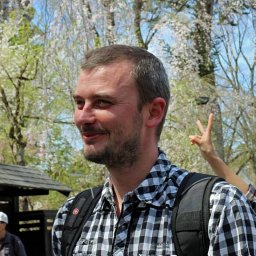
Given a computational model \(\cal A\), we will call another model \(\cal B\) an extension of \(\cal A\) if computation steps possible in a system (machine, grammar, etc.) of type \(\cal A\) are also possible in systems of type \(\cal B\) and the latter allow some operations that are not possible in the former. Such a relationship between models is exhibited by context-free grammars as extensions of regular grammars, or one-way jumping automata and automata with translucent letters as extensions of finite automata. The operations available in the extensions but not in the original model can be viewed as a computational resource and hence can be analyzed quantitatively, similarly to computational complexity theory. Recent years saw both the continuation of lines of inquiry from decades ago, counting the non-regular rules used in context-free derivations (Bordihn and Mitrana, ‘20), and the start of new ones, counting the number of jumps/sweeps used during computations with the aforementioned extended automata models (Fazekas and Mercaş, ‘22-23, Mitrana et al., ‘24). As the base model in all three cases generates/ accepts the class of regular languages, the complexity notions introduced can be viewed as a measure of how non-regular a machine, grammar or language is. In this talk I give an overview of the research concerning the hierarchies of language classes defined through these non-regular complexity measures, and propose some questions for further investigation.